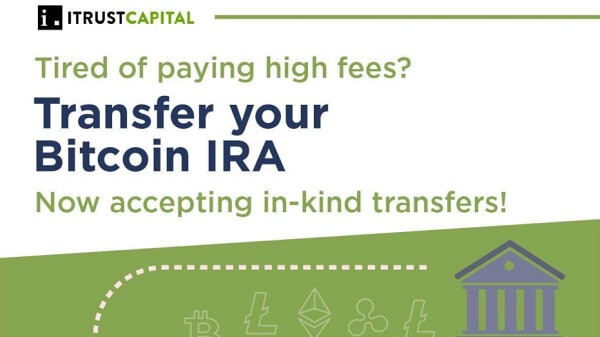
TLDR
Bitcoin is approaching a “death cross,” where the 50-day simple moving average (SMA) crosses below the 200-day SMA.
The death cross is often seen as a bearish signal, but historically it has not always led to long-term price declines.
Bitcoin recently dropped to around $49,577 before rebounding to about $56,386.
Some analysts suggest the death cross could be a lagging indicator and may not accurately predict future price movements.
Comments from Bank of Japan governor Shinichi Uchida about maintaining easy monetary policy have helped boost risk assets, including Bitcoin.
Bitcoin, the world’s leading cryptocurrency, is approaching a technical pattern known as a “death cross,” causing some concern among traders and investors.
This ominous-sounding term refers to when the 50-day simple moving average (SMA) crosses below the 200-day SMA, often interpreted as a bearish signal in technical analysis.
As of the latest data, Bitcoin’s price stands at approximately $56,386, with the 50-day SMA at $62,488 and the 200-day SMA at $61,664. The recent price action has seen Bitcoin drop to a low of $49,577 before rebounding, marking a significant 30% decline from its July 29 peak.
While the death cross traditionally signals potential bearish momentum, many seasoned crypto traders and analysts caution against overreaction
Historical data shows that death crosses don’t always lead to long-term price declines. In fact, the last Bitcoin death cross occurred in September 2023, after which the cryptocurrency’s value surged by 190% over the following six months.
Matt Hougan, CIO of Bitwise, commented on the current market sentiment: “If you are like most crypto investors, you’re cycling through a brutal swing of emotions, including fear and despair. For many, the emotion that strikes hardest is anger. I feel those emotions too. But I feel something else too—something born from six-plus years of managing money in crypto full-time: Opportunity. Because I’ve seen this movie before.”
1/ History suggests that this weekend’s sell-off is a buying opportunity.
A thread on why.
[Note: Not investment advice. Just my opinion.]
— Matt Hougan (@Matt_Hougan) August 5, 2024
The significance of a death cross can vary depending on which moving averages are used. For instance, exponential moving averages (EMAs), which give more weight to recent price action, present a different picture, suggesting the current situation might be a reaction to a dip rather than a long-term bearish trend.
Adding to the complexity of the market analysis, recent comments from Bank of Japan (BOJ) governor Shinichi Uchida have introduced a new factor. Uchida stated that the central bank wouldn’t hike borrowing costs when markets are unstable, potentially weakening the case for continued unwinding of “yen carry trades” and resulting risk aversion in assets like Bitcoin.
“As we’re seeing sharp volatility in domestic and overseas financial markets, it’s necessary to maintain current levels of monetary easing for the time being,”Uchida said in a speech to business leaders.
This statement has led to a weakening of the Japanese yen and a boost in risk assets, including Bitcoin and stock futures. The cryptocurrency briefly topped $57,300 following Uchida’s comments, while Japan’s Nikkei index rose 4%, signaling a potential risk reset.
Market observers note that the death cross could end up being a lagging indicator, as it’s based on past data. In some cases, it can even be a false signal if there’s no decisive bearish reversal. For example, Bitcoin recorded a death cross in March 2020, only to hit a new all-time high later that year.





 Bitcoin
Bitcoin  Ethereum
Ethereum  Tether
Tether  XRP
XRP  USDC
USDC  Lido Staked Ether
Lido Staked Ether  TRON
TRON  Dogecoin
Dogecoin  Cardano
Cardano
Be the first to comment